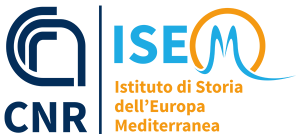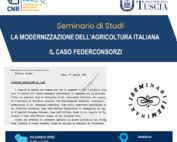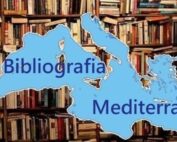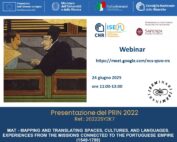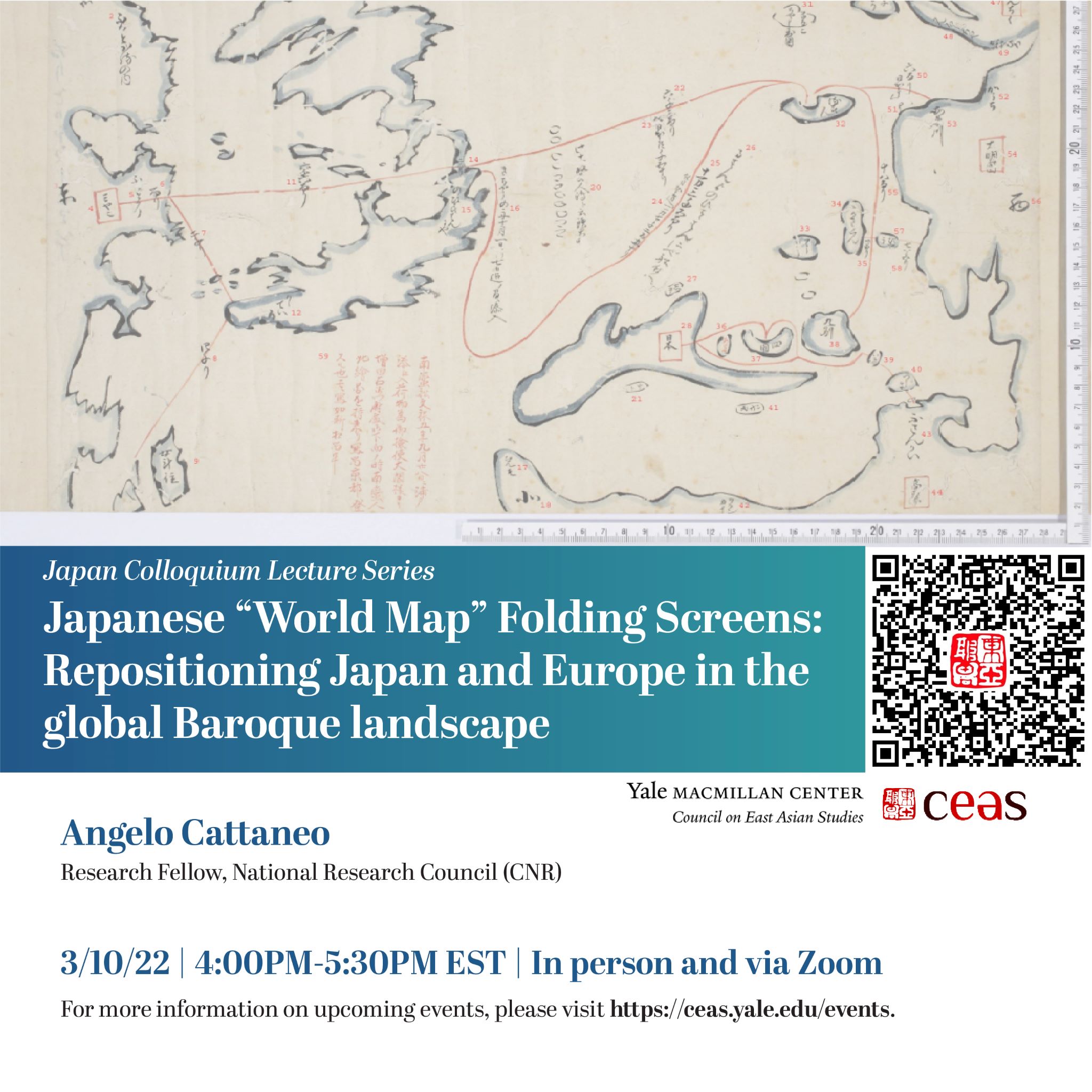
A New Haven, presso lo Yale Mcmillan Center della Yale University, il 10 marzo 2022 alle ore 22:00 (ora italiana) si svolgerà il seminario «Japanese ‘World Map’ Folding Screens: Repositioning Japan and Europe in the Global Baroque Landscape», tenuto da Angelo Cattaneo (CNR ISEM). Il seminario, in presenza, sarà accessibile anche online. Di seguito la sinossi dell’evento.
One relevant consequence of the arrival and presence of the European merchants and missionaries (nanban-jin) in Japan and of the complex interactions that developed in the context of the challenging encounter with the Japanese political, religious, and military elites, was an unprecedented repositioning of Japan and Europe in both European and Japanese world views, through the integration of knowledge originally developed over many centuries in European, Japanese, Korean and Chinese cosmological traditions.
In this lecture, I will focus on the analysis of two principal documents: a manuscript map of the world designed by Japanese officers after the shipwreck of the Manila galleon San Felipe in Urado on the island of Shikoku, while it was en route from Manila to Acapulco, in 1596, and the so-called Kanshin-ji cartographic folding screen designed in Japan around 1640 by combining Chinese-Korean, Chinese-Jesuit and namban sources. Both documents eloquently exemplify the complex cultural and political geography Japan was part of, in early modernity. There are two major implications that emerge from this analysis: the first is the breaking of linear Eurocentric models of circulation of knowledge, people, and ideas – such as West-East relationships – ill-adapted to articulate the complex system of maritime and terrestrial routes that linked port cities in Europe with port cities in Africa, Asia and the New World in early modernity. The second, highlights that instead of a linear model based on the simplistic West-East circulation, the analyses of the corpus of “world-map” folding screens highlights a more complex radial system of vectors that departed from several distant places of the globe and arrived to a major fulcrum – the port city of Macao – from where they converged to Japan. This system of vectors was paired by independent vectors linking Japan, Korea, China as well as Amsterdam, via Batavia, with Hirado and Nagasaki.
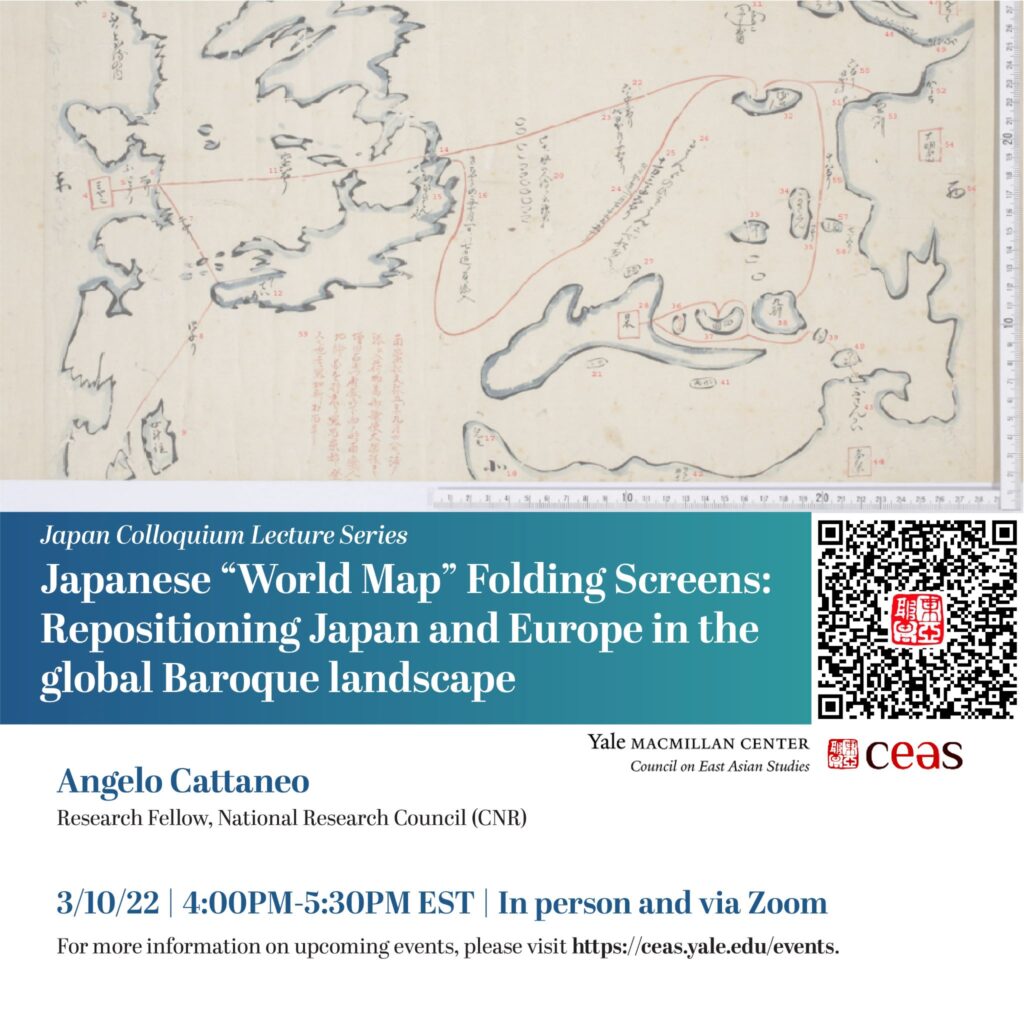
Articolo pubblicato il 7 Marzo 2022
